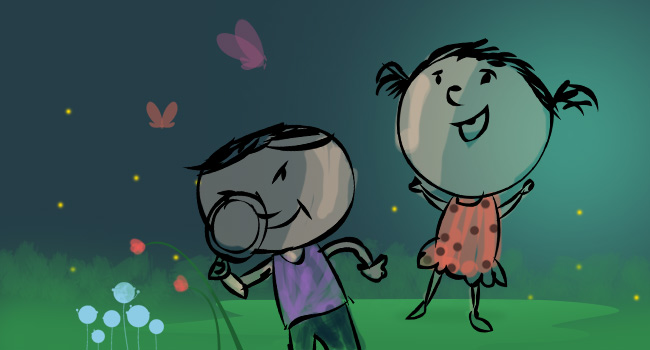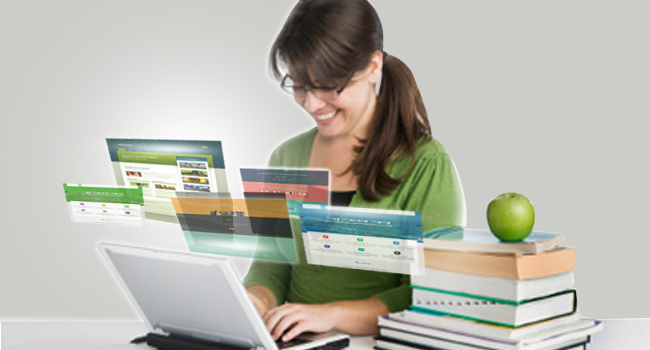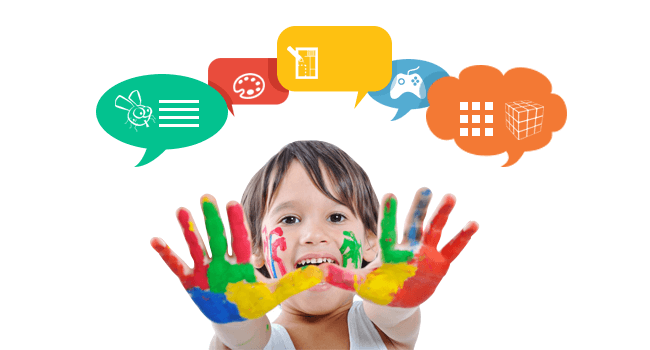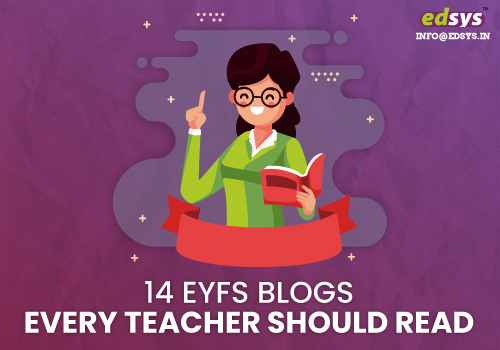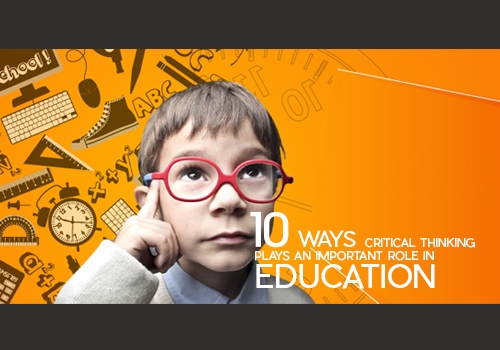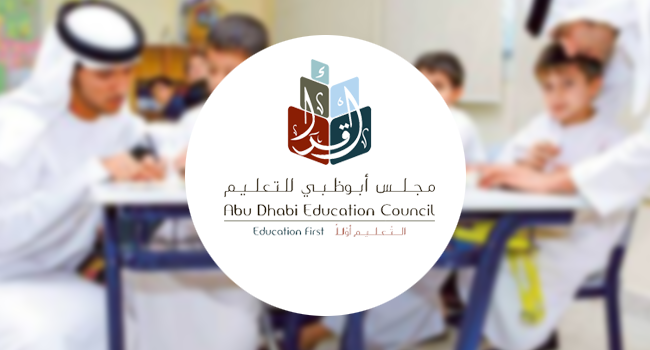To enhance the play and learn experience, schools follow EYFS syllabus. Play and learn method works best. The attachment of children towards EYFS syllabus shows their obsession towards activities. It’s a platform for them to learn beyond the print.
Just like EYFS, you can also plan exciting activities for your children. Have your ever considered listing hands-on nature activities with your child? Exploring and learning keeps the fun going.
Check out some fascinating Hands-on nature activities
- Bug Hunting
Bugs are always fascinating for children. When they fly and buzz, it lightens the mood of children. Make a visit to your backyard along with your children and get closer to nature.
Let your child observe bugs carefully. Talk to them about the colour of the bug. Explain about their life, how they protect themselves from external danger. With patience, teach them anything and everything related to a specific bug.
Materials you need
- Container
- Waxed paper
- Rubber band
- Spoon
- Apple
- Honey
- Magnifying glass
Direction
You must attract bugs first. For that, there are several methods. Something sweet can attract them, so you can consider the mixture of an apple with honey. Mix both honey and apple; place it outside for a while. If you want you can place the mixture on a tree. Have regular check. You could have attracted new bugs. Draw what you see with the magnifying glass. It’s exciting to find new comers during night.
You can select any bug that you feel like observing. When you place the bug in a container make sure that it has bottle cap of water and green leaves inside it. Cover the container with waxed paper with small holes. Within twenty-four hours return the bug, where you found him.
- Create Rock Art
This week, plan a rock hunting venture with your children. Collect small rocks with different shapes, sizes, and colours. After getting back home, let your child decorate the rocks collected. They can also draw faces on them. When the colour dries up, store it in a box. Decorate your garden with the beautiful rocks.
Materials you need
- Rocks
- Glue
- Paint
- Paintbrush
- Play dough
- Ribbon or lace
Direction
Collect rocks and clean them. Colour it with paint. You can also make it look fantastic with accessories made out of play dough, ribbon and lace.
- Summer Memento
If your child is crazy about collecting memento, don’t stop them. That’s a good outdoor activity that you can try with them. Plan a trip to the beach, playground, or other summer destinations and allow your child to collect mementos. You can decorate your home with these beautiful items. Hang them in the walls of your home.
Materials:
- Heavy cardboard
- Bowls or pots that are large- and medium-sized
- Paintbrush
- Glue
- Flowers, leaves, sand, small pebbles and seashells
- String
- Scissors
- Decorative items
Direction
Make a wreath on cardboard. Paint it with the colour of your choice. You can poke a small hole in the top of the wreath with scissors. Through the hole, thread string or yarn and tie the ends. After sliding the string, knot must be hidden behind the wreath. This is the “hanger.” Using the paint brush cover the wreath completely with glue.
By dusting a layer of sand over the glue cover the entire wreath. Leave it to dry. After 10 minutes, gently shake off any sand that hasn’t stuck to the glue. Decide the exact position where you want to stick your summer mementos. Glue each of them to the wreath. When the wreath is dry, hang it up to remember your summer fun.
- Pressed Flower Place Mats
Let your child turn his/her favourite flower into place mats. All year long they can enjoy the flower. Allow your child to grab his/her favourite flower and then help them to make a mat.
Materials you need:
- Flowers and leaves
- Clear contact paper
- Construction paper
- Scissors
- Ribbon (optional)
Direction
Collect the flower you want to make a mat out of. After removing the flower blossoms and leaves place it on contact paper which is clear. Once placed it won’t be able to move. Cut the contact paper according to the number of mats you want to make.
After peeling the back side of the contact paper, arrange the flowers and leaves on the sticky side of the contact paper and press them. If you want you can decorate it with ribbon.
After peeling off the back of the remaining piece of contact paper, cover your place mat (sticky-side down) with the contact paper. In order to avoid wrinkles or air bubbles, flatten your place mat once more. Then use the scissors to trim any uneven edges. Now you’re ready to set the table!
- Nature Bracelet
Let your child love nature with accessories. It’s really simple. Have a light walk with your child outdoors and collect fascinating items for them. You can easily make accessories out of different flowers, leaves, and even grass all make great additions!
Materials you need:
- Masking tape
- Scissors
Direction
Before going for a walk, wrap a piece of masking tape to his wrist with the sticky side up. While exploring the wonders of nature attach colourful leaves, flowers, and other interesting discoveries to his bracelet. After the walk, use a scissors to trim and you natural bracelet is ready.
- Nature Hunt
This summer, collect some natural objects with your children. Let grabbing bird feather, wildflowers, and green leaf be the game. It’s family time!
Materials you need:
- One paper bag per player
- Natural objects collected from players
Direction
After listing the of natural objects like bird’s feathers, smooth rock, wildflowers, leaves and so on, give each player a paper bag. They must collect all the objects in the list. You can set a time limit for collecting to make the game more fun. The first player with all the items will be declared as the winner.
#Caution: Never leave your child alone to explore nature. It can be dangerous. Accompany them, let them enjoy in your presence.
